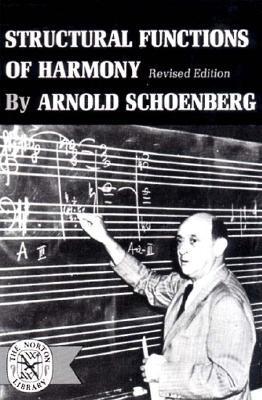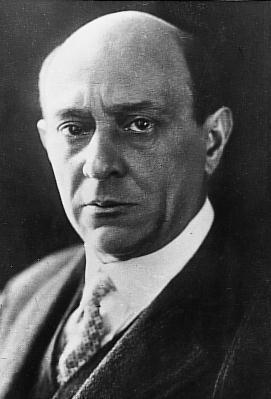
This book is Schoenberg's last completed theoretical work and represents his final thoughts on the subject of classical and romantic harmony. The earlier chapters recapitulate in condensed form the principles laid down in his Theory of Harmony ; the later chapters break entirely new ground, for they analyze the system of key relationships within the structure of whole movements and affirm the principle of "monotonality," showing how all modulations within a movement are merely deviations from, and not negations of, its main tonality. Schoenberg's argument is supported by music examples, which range from entire development sections of classical symphonies to analyses of the experimental harmonic progressions of Strauss, Debussy, Reger, and Schoenberg's own early music. The final chapter, "Apollonian Evaluation of a Dionysian Epoch," discusses the music of our time, with particular reference to the possibility of new methods of harmonic analysis. Structural Functions of Harmony is a standard work on its subject and provides an invaluable key to the development of musical structure during the last two hundred and fifty years. This new edition, with corrections, a new preface, and an index of subject headings, has been prepared under the editorial supervision of Leonard Stein.
Author

Noted Austrian composer Arnold Schoenberg abandoned traditional tonality and developed the twelve-tone system for atonal music. Associated with the expressionist movement in German poetry and art, he led the second Viennese school. He used the spelling Schönberg until his move to the United States in 1934, whereupon he altered it to Schoenberg "in deference to American practice." His approach in terms of harmony developed among the major landmarks of 20th-century thought; at least three generations of composers in the European and American traditions consciously extended his thinking or in some cases passionately reacted in opposition. During the rise of the Nazi party in Austria, people labeled his music alongside jazz as degenerate art. People widely knew Schoenberg early in his career for his success in simultaneously extending the traditionally opposed German romantic styles of Johannes Brahms and Richard Wagner. Later, his name came to personify pioneering innovations, the most polemical feature of 20th-century art music. In the 1920s, the Schoenberg technique, a widely influential method, manipulated an ordered series of all notes in the chromatic scale. He also coined the term variation, and this first modern embraced ways of motifs without resorting to the dominance of a centralized melodic idea. Schoenberg, an important music theorist, also painted and influentially taught his students, who included Alban Berg, Anton Friedrich Wilheim von Webern, Hanns Eisler, Egon Wellesz, and later John Milton Cage, Lou Harrison, Earl Kim, and many other prominent musicians. Avant-garde musical thought throughout the 20th century echoes many of practices, including the formalization of method and his habit of openly inviting audiences to think analytically. His crucial, often polemical views of music history and aesthetics influenced many significant musicologists and critics, including Theodor Adorno, Charles Rosen, and Carl Dahlhaus,of the 20th century. His thought also considerably influenced the pianists Rudolf Serkin, Artur Schnabel, Eduard Steuermann, and later Glenn Gould. The Arnold Schönberg center in Vienna collects his archival legacy.